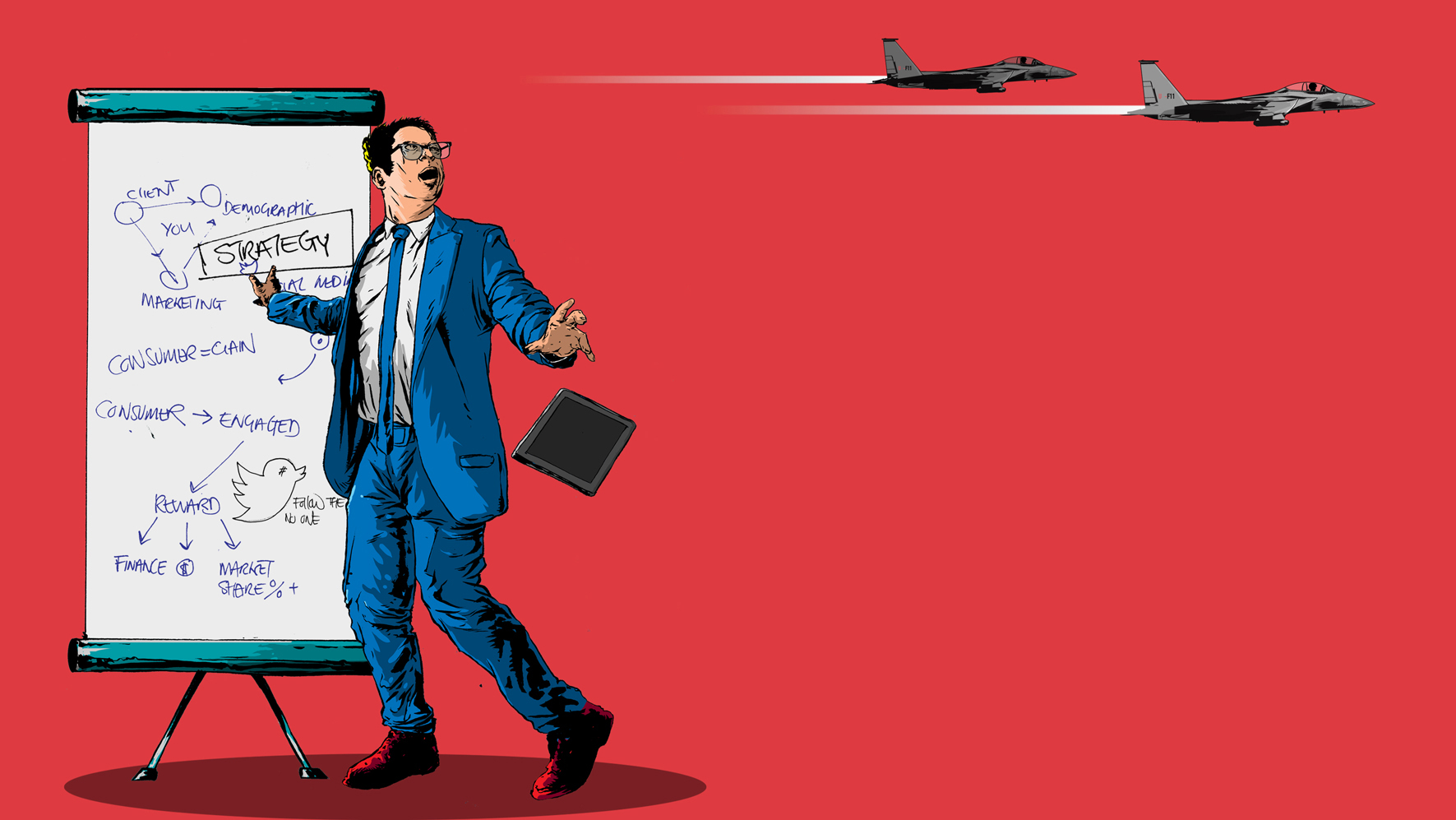From Coca-Cola’s creation of the modern Santa Claus to Levi’s portrayal of “business casual” in American workplaces, images have long been a powerful tool for marketers. In recent years, smartphone cameras have improved tremendously, and the rise in popularity of photo sharing sites such as Instagram and Pinterest have created new advertising potential around the so-called visual Web. But with today’s focus on text and data—based insights from social media, many marketers are only starting to realize the huge opportunities within visual-based content.
As brands scramble to pump resources into visual storytelling and double down on the investment for distribution, a visual Web “arms race” is shaping up. In a recent report from GumGum, the company that pioneered in-image advertising, nearly every marketer, agency and publisher surveyed saw the visual Web as important to the future of digital marketing, yet only a third were making significant investments in visual storytelling.
What’s more, almost half of those surveyed are spending significantly more to distribute their visual content than they spend to create it. The vast majority of visual content investment today sits within social media budgets. This makes sense—social is where the shift from text-based posting to visual-based posting is most pronounced. It’s also where consumers post images: 5,000 every second of every day across Instagram, Facebook and Tumblr, to be exact. Marketers and brands share this same enthusiasm for visual content, since consumers are more likely to engage with brands that post lots of pictures according to an ROI research study.
The visual Web is attracting consumer engagement in troves, and the implications are huge. Unfortunately, marketers looking to execute visual-based campaigns believe that the necessary technology is lacking. GumGum found that 84 percent of marketers think that there is a need for advancements in image-recognition technology to help assess the context of an image without text. They have plans for creating effective, engaging visual content—either on their own or from crowdsourced campaigns—but lack the tools necessary to implement them.
Instagram and Pinterest, the platforms powering the visual content shift, provide marketers with simple promotional options for targeting a relevant audience. Pinterest offers promoted, image-based “pins,” and Instagram just recently opened its platform to all advertisers. Marketers have the ability to sponsor their own images or include buy buttons for a price. This is the accessible advertising and consumer-friendly experience that marketers desperately need to verify their visual Web endeavors.
“Today, customers want to be reached in a way that doesn’t intrude upon their experience,” said Ben Plomion, SVP Marketing of GumGum. “We’re seeing this in practice in our own in-image advertising campaigns, as well as through investments our clients are making to detect user-generated images that feel authentic.”
In the fashion industry, where image is everything, designers and brands have been experimenting for years now with sponsored images and buy buttons to drive engagement and sales through visual platforms. This past spring, a popular designer took this visual strategy to a new level by putting out a casting call for new models via Instagram under the hashtag #castmemarc. Within a day, there were over 110,000 submissions, drawing interest from across the globe.
Automotive brands have also had success repurposing user-generated images. Buick, for example, executed a visually-based engagement campaign for its new Encore model. The car brand crowdsourced interior and exterior design elements from a group of lifestyle bloggers, asking them to create theme boards on Pinterest based on their passions, ambitions and interests. The company’s design team then used these boards as inspiration in determining the color, texture and overall feel of the new model. The boards drew in over 17 million unique visitors and opened a door for Buick to learn about the lifestyle preferences of its fans and customers.
As it becomes increasingly clear that the visual Web is the next front in the battle for attention, brands need to prepare. Visual-based content by both brands and consumers alike is growing quickly, and the mindset is shifting from a text-based social media to the visual Web. To succeed, brands need to start focusing in on the insights and advertising potential of the visual Web and not just its artistic appeal. For marketers who leverage the latest technology and invest in the right mix of visual media, the future is bright—and colorful.









